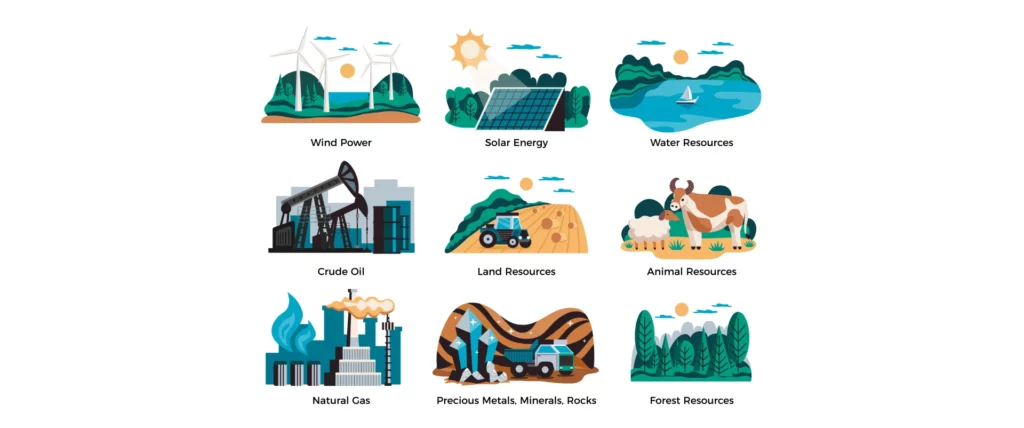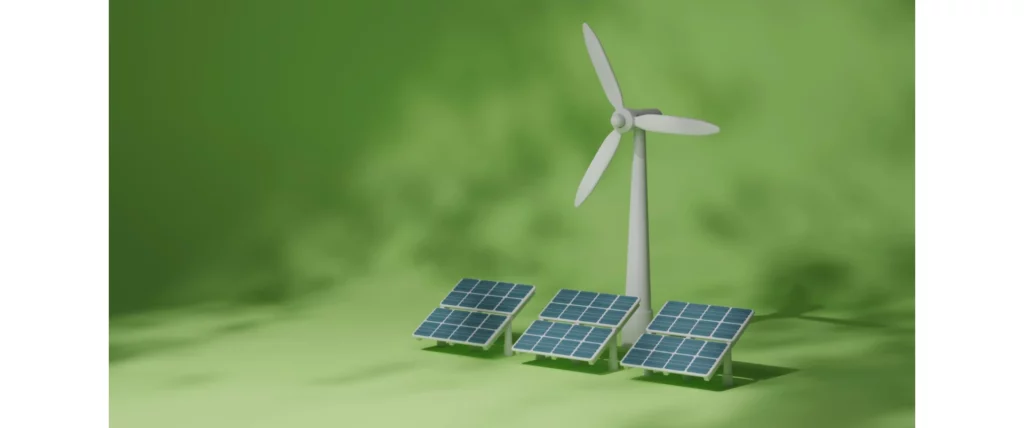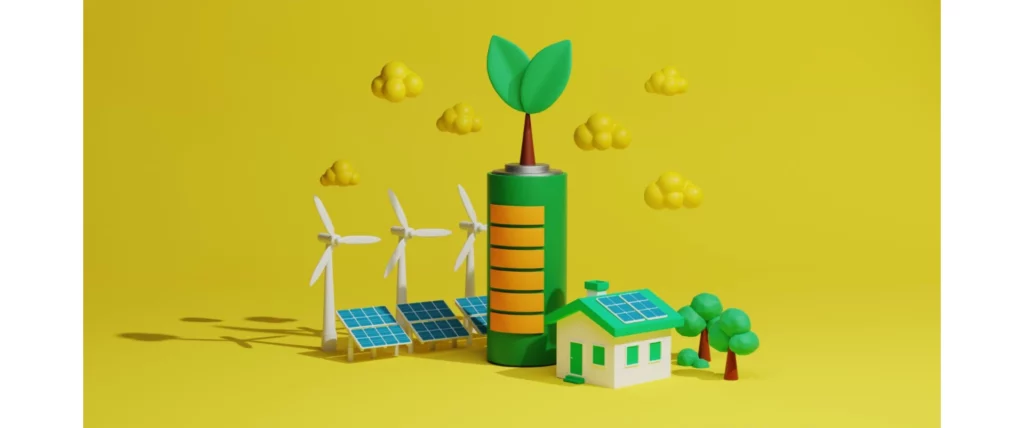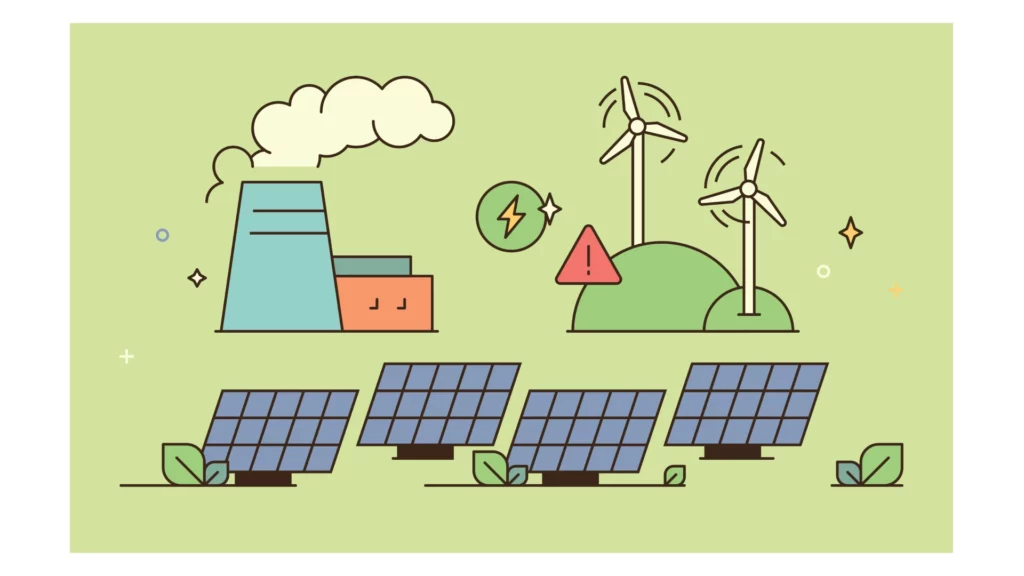Types of Clean Energy Sources
The transition to clean energy is pivotal in our global effort to combat climate change and reduce our carbon footprint.
As we delve into the myriad of available clean energy sources, it becomes clear that while some are more established, others are on the brink of breakthroughs that could significantly alter our energy landscape.
Here's an in-depth look at these sources, their potential, challenges, and the evolving energy dynamics.
Renewable Energy Clean Energy Sources
Renewable energy sources, characterized by their ability to replenish naturally and minimize environmental impact, have seen a surge in adoption across the globe.
However, their intermittent nature poses unique challenges, necessitating innovative solutions for a stable energy future.

Overview of Key Renewable Energy Sources
- Solar Power: Harnesses sunlight to generate electricity. Its potential is vast, particularly in regions with high solar irradiance.
- Wind Energy: Captures kinetic energy from the wind. Offshore and onshore wind farms are becoming increasingly cost-effective.
- Geothermal: Utilizes Earth's internal heat. Ideal for both heating and electricity generation, with potential around volcanic regions.
- Tidal Power: Converts the energy from tidal flows. It has predictable patterns but requires specific coastal conditions.
- Hydroelectric: Generates power from flowing or falling water. It's highly efficient but location-dependent.
Growth and Challenges
- Growth Trends:
- Renewable energy usage in the U.S. has risen, with projections indicating that renewables could account for a significant portion of the energy mix. Recent data suggests a continuous upward trend.
- The global capacity of renewables is expanding, making them the fastest-growing energy source worldwide.
- Economic Viability:
- The cost of renewable energy has been declining, making it competitive with, or even cheaper than, fossil fuels in many cases.
- Investment in renewable infrastructure, such as grid enhancements and energy storage, is crucial to address their intermittent nature and integrate them effectively into the energy system.
- Intermittency Solutions:
- Energy storage technologies, like batteries and pumped hydro storage, offer ways to store excess energy for use during low production periods.
- Smart grid technologies can improve energy distribution efficiency, reducing the impact of renewable energy's variability.

Low-Carbon Energy: Beyond Renewables
Exploring low-carbon energy sources is essential for a comprehensive approach to reducing greenhouse gas emissions. These include:
- Nuclear Power: Offers a reliable, low-carbon energy source. While it faces challenges such as waste management and high upfront costs, advancements in technology could make it a cornerstone of future energy systems.
- Hydroelectric Power: Continues to be a mainstay in low-carbon energy, providing stable and substantial power supplies.
The Promise and Challenges of Bioenergy
Biomass and biofuels, derived from organic materials, play a complex role in our energy landscape:
- Positive Aspects:
- Can reduce waste by converting organic material into energy.
- Offers a renewable alternative to fossil fuels in transport and energy production.
- Concerns and Mitigations:
- Competing with food production: Innovations in biofuel technology could utilize non-food biomass, mitigating this issue.
- Environmental impact: Sustainable farming practices and waste-to-energy technologies can reduce negative effects.

Geothermal Energy: Tapping into Earth’s Heat
Geothermal energy stands out for its reliability and sustainability:
- Advantages:
- Provides consistent power, unaffected by weather conditions.
- Minimal environmental footprint compared to fossil fuels.
- Challenges:
- Geographic limitations: Most viable in areas with volcanic activity.
- High initial investment for infrastructure development.
Tidal Energy: The Power of the Seas
Tidal energy harnesses the predictable movements of water caused by gravitational forces, offering a reliable source of clean energy:
- Benefits:
- High predictability and consistency.
- Low operational costs once the infrastructure is established.
- Obstacles:
- Environmental impact on marine ecosystems.
- Limited to areas with significant tidal ranges.
From Waste to Energy: A Circular Approach
Turning waste into energy presents an opportunity to reduce landfill use and generate energy:
- Techniques:
- Incineration: Converts waste into heat and electricity but requires pollution control measures.
- Gasification and Pyrolysis: Advanced methods that convert waste into syngas or bio-oil, with lower emissions.
- Benefits:
- Reduces waste volume.
- Generates energy from otherwise unusable materials.
- Challenges:
- Initial setup costs.
- Managing emissions and ensuring environmental safety.
Conclusion
The path to a sustainable energy future is multifaceted, involving a mix of renewable and low-carbon energy sources.
As technology advances and costs continue to decrease, the adoption of these energy sources will likely accelerate, helping to meet global energy demands in an environmentally responsible manner.
The journey towards clean energy is complex, requiring not only technological innovation but also policy support, financial investment, and public acceptance. Together, these efforts can pave the way for a cleaner, more sustainable world.
Source:

